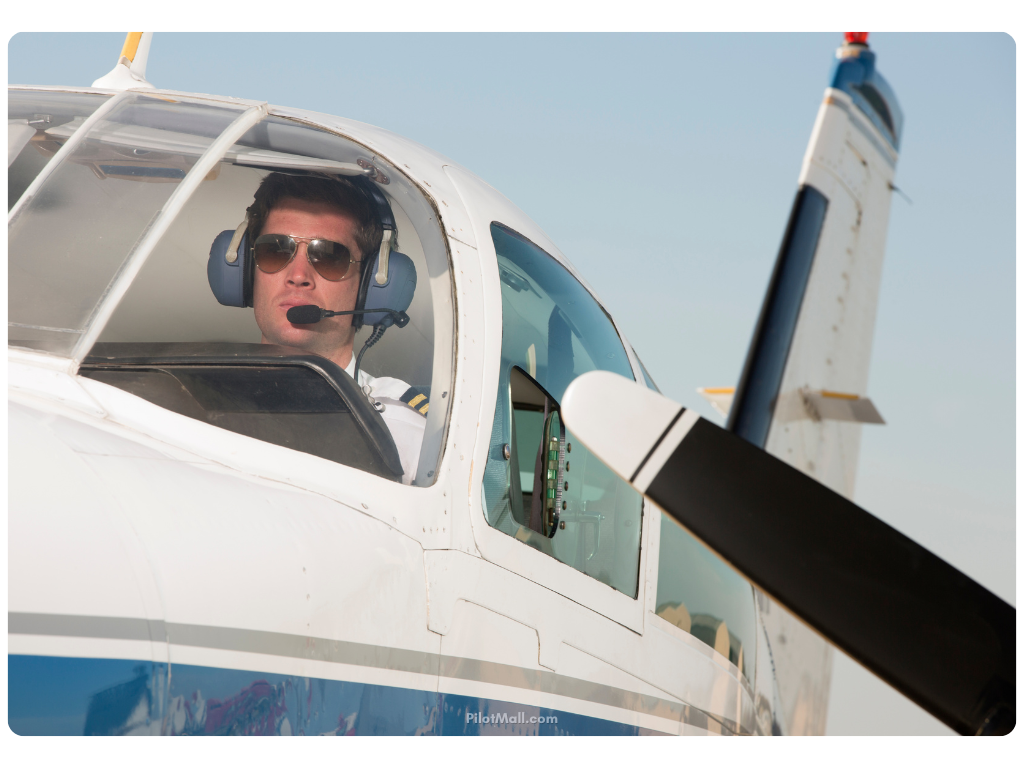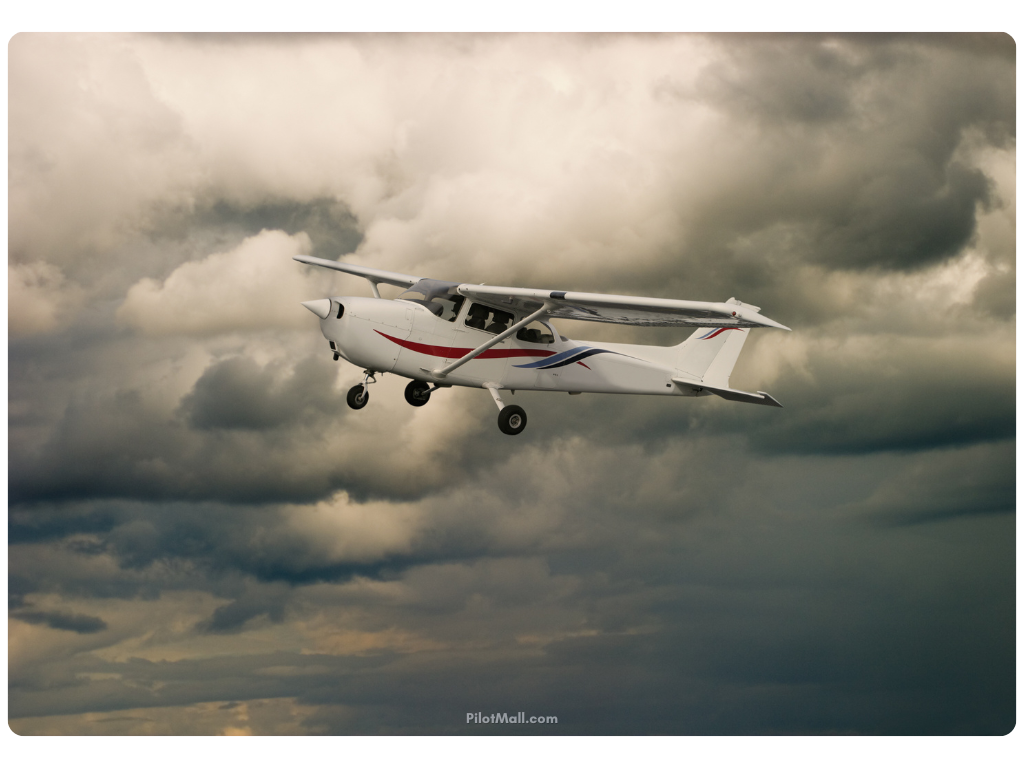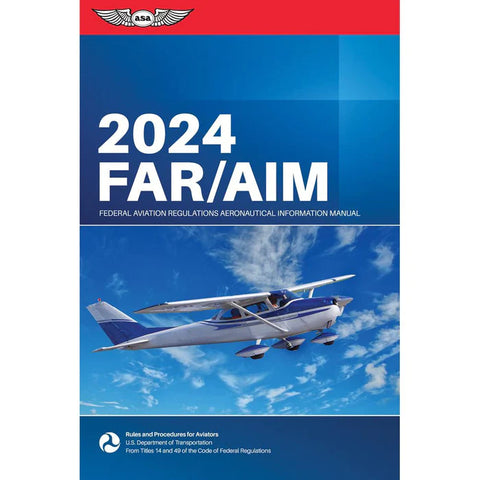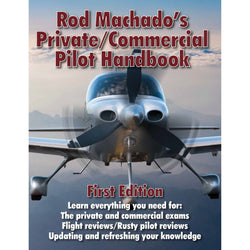One thing that I can say about my journey with becoming a pilot has been the realization of how much information we have to memorize. Trust me, it's a lot. Part of the oral examination process is proving how many rules, regulations, and requirements you remember and can relay off the top of your head.
Because of this, many professionals within the world of aviation have come up with several different memory tips and tricks over time that can be useful for a student who wants to become a commercial pilot. The most powerful of these tricks is to turn everything you need to remember into easy-to-remember acronyms.
In this guide, we'll explore all the most important acronyms every pilot needs to know.
Let's get to it!

Why Acronyms are Important in Aviation
Acronyms are a valuable tool within aviation because they can help us commit information into our long-term memory more easily. They will tremendously help during your flight training as a student pilot preparing for your private pilot oral exam.

Pilot Safety Check
Before a flight can begin, the first part of a safety check should include the pilot evaluating themselves with honesty.
They should ask questions such as:
- Are they feeling well?
- Did they get enough sleep?
- Have they taken any medication that might cause drowsiness later?
- Did they drink alcohol the previous night and could have a blood alcohol level over 0.04% the next day?
These are all important concerns to address and make the decision to avoid flying that day.
1. PAVE (Pilot Safety)
2. IM SAFE (Pilot Safety)
IMSAFE is a valuable acronym that pilots will use when they first wake up, before even going to the aircraft. If a pilot is experiencing any of the IM SAFE symptoms, they should not fly.

Pre-Flight Check
Part of every student pilot flight training program is to understand the importance of the checklist, along with having all essential information and required documents pertaining to the flight you intend to have that day.
Flight instructors will often test students to see if they remember these acronyms before.
3. ARROW (Required Documents)
In the United States, ARROW is a vital acronym used for the documents that are required to be on board an aircraft.
4. AV1ATES (Airworthiness)
AV1ATES is a system of reminders on the necessary inspection and maintenance tasks for keeping an aircraft airworthy.
That is to say, the AVIATES acronym reminds us of the important checks that must be performed before taking an aircraft into flight.
5. NWKRAFT (Flight Planning)
The NWKRAFT checklist is used as a tool that assists pilots in remembering information such as runway lengths, weather conditions, and anything additional needed for their flight plans.
6. A TOMATO FLAMES(VFR Requirements)
The acronym A TOMATO FLAMES ensures the "MEL" is met. MEL stands for Minimum Equipment List and refers to the instruments, equipment, and procedures needed to perform the flight within the flight rules you intend to fly under.
7. SAFETY (Passenger Briefing)
Situational Acronyms (Night and IFR)
When flying VFR night or on an IFR flight plan there will be different precautions and equipment that you'll need on board for the flight. Pilots whose flights are conducted under instrument flight rules have to remember and follow all the visual flight rules in addition to ones such as "GRAB CARD D" and "MARVELOUS VFR C500".
8. FLAPS (VFR Night)
9. GRAB CARD D (IFR Requirements)
GRABCARDD is an IFR checklist of the minimum equipment required to be onboard the aircraft when operating a flight on instruments.
10. MARVELOUS VFR C500 (Mandatory IFR Reports)
"MARVELOUS VFR C500" is an acronym that stands for a particular kind of report you must make to Air Traffic Control or FSS without being asked.
A pilot who fails to report any of these may lead to grave penalties, including revoking your pilot’s license or the worse: an aircraft collision.

During Flight Acronyms
11. ANC
12. The 5 T's (For Holds)
13. The 5 P's (Risk Evaluating)
14. DECIDE
15. CRAFT (IFR Clearances)
 Additional Acronyms
Additional Acronyms
If there is a loss of communication during an instrument flight, the most important acronym is MEA along with AVEF.
Lost Comms - IFR
-
For Altitude
-
For your route
Compass Errors
Although the magnetic compass is the most uncomplicated tool on the dashboard, it is susceptible to various inaccuracies. Due to this, there are a few acronyms pilots must keep in mind.
-
Acceleration Errors
-
Dip Errors
|
|
ASA 2024 FAR/AIM The 2024 ASA FAR/AIM Book keeps you up to date with the latest rules and procedures in aviation. You'll find the complete and current text of the Federal Aviation Regulations (FARs), covering a wide range of topics including pilot certification, aircraft operations, airspace regulations, and more. |
Takeaway
There are many more acronyms to discover and learn about and as a pilot, and while you will be expected to remember most of them, you can always keep on board a copy of the FAR AIM. Knowing where to look up the information can always be helpful.
As the pilot-in-command, memorizing the acronyms associated with flying and keeping them at the forefront of your mind will guarantee a passing grade on your oral exam. Understanding all the right papers and apparatus needed for a flight is essential in providing a safe experience for both pilots and passengers
Fly safe!
Want to learn more about terms in aviation?
Our guides are designed to help student pilots become professional pilots and for private pilots to brush up on their knowledge and skills.
Did you find this article helpful?
Do you think we missed anything important? Let us know in the comments below!









